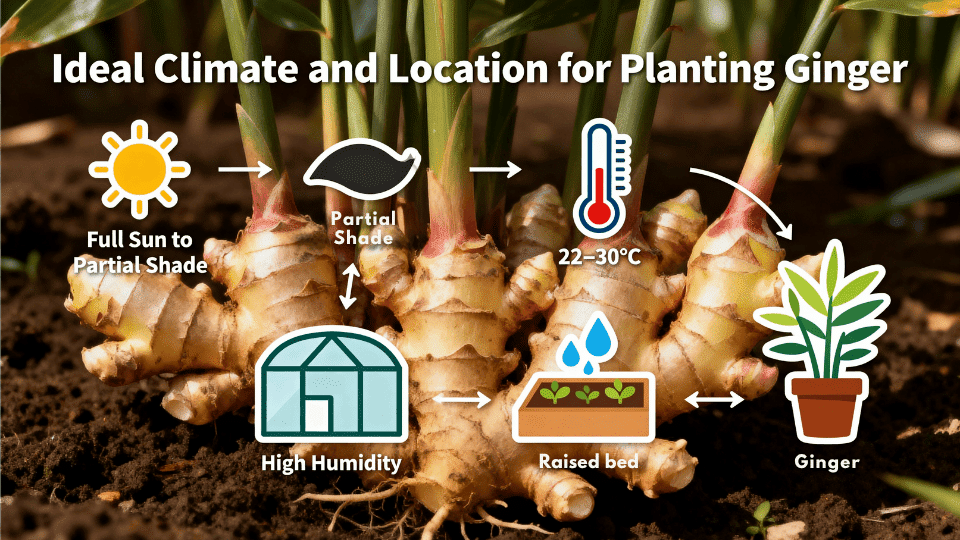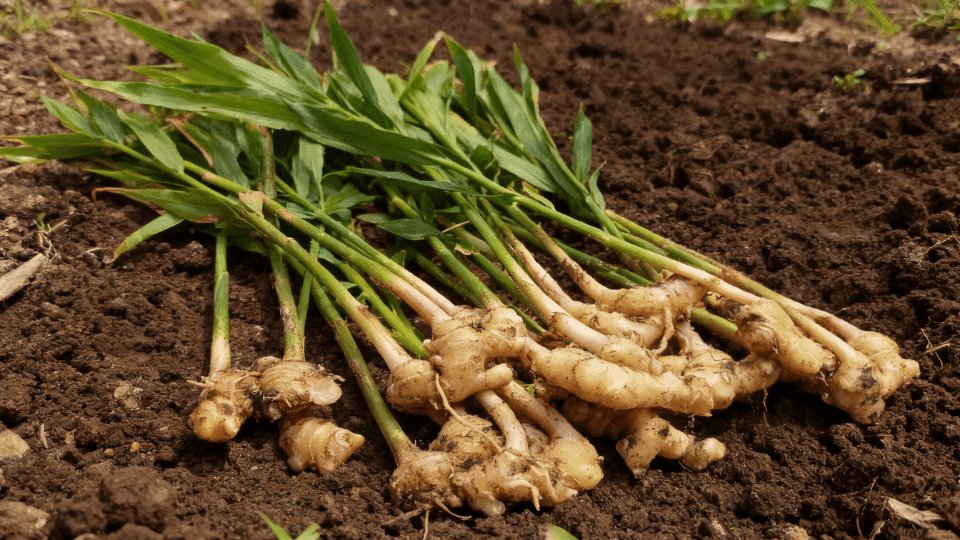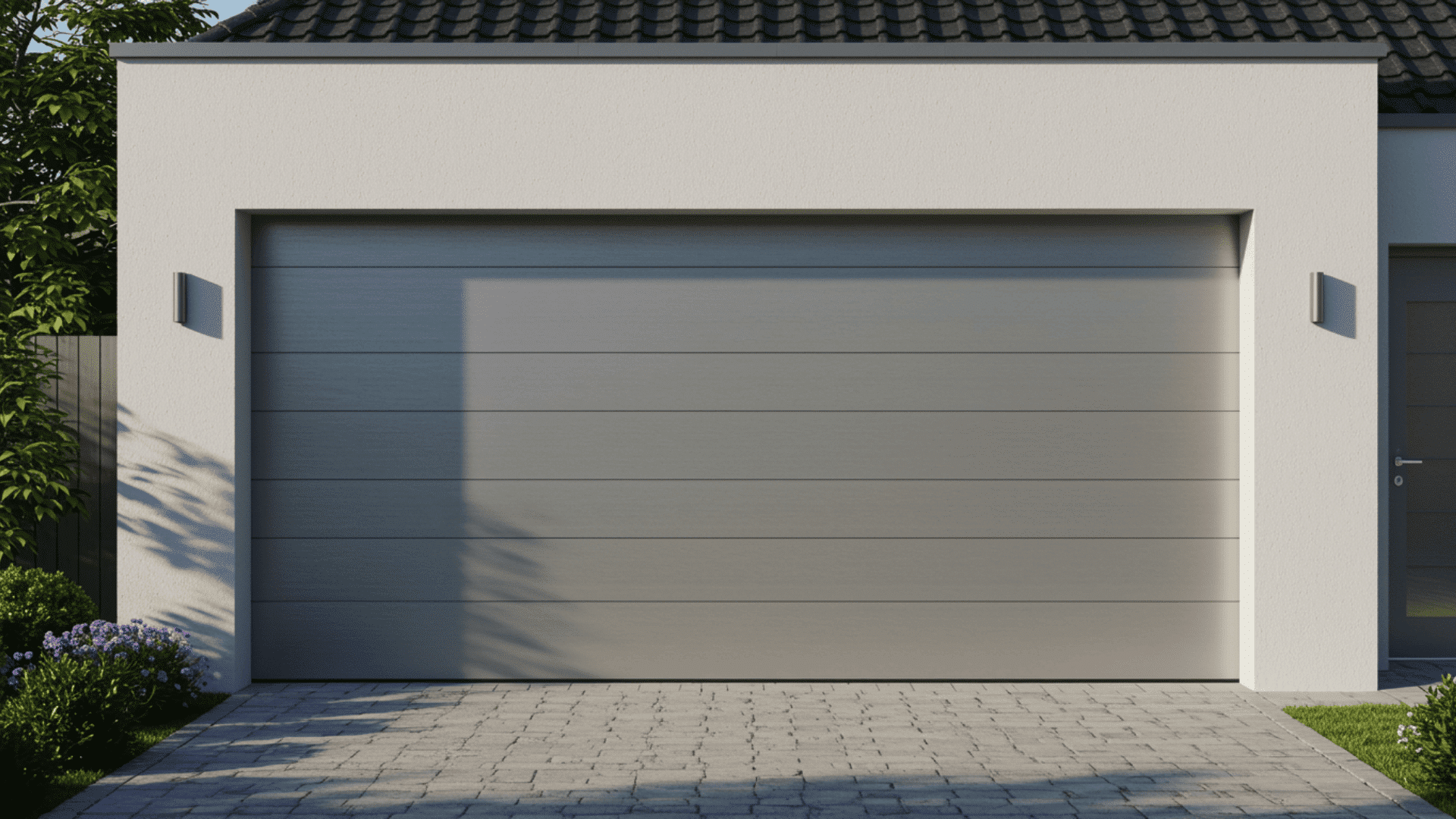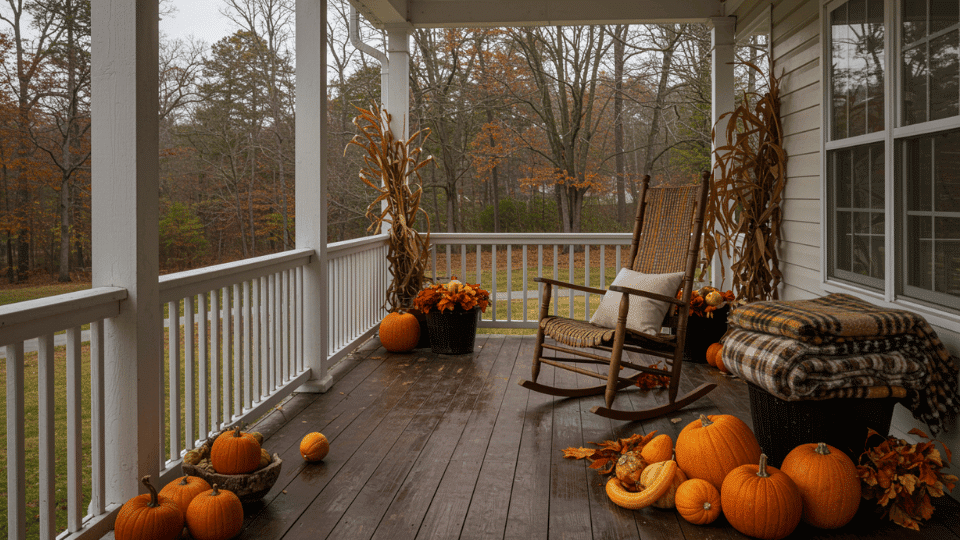Ginger is more than just a kitchen spice. This root adds warmth to your favorite dishes, soothes upset stomachs, and brings a natural zing to wellness teas.
Growing your own ginger at home means fresh flavor right from your garden. But planting ginger depends on getting the conditions just right.
When you understand what ginger needs to bloom, you’ll see stronger plants and bigger harvests.
The right soil type, proper temperature, and correct moisture levels make all the difference between a struggling plant and a flourishing one.
Scientific Classification of the Ginger Plant
Understanding ginger’s biological classification helps you appreciate this remarkable plant’s place in nature. Here’s a complete taxonomic breakdown of ginger and what makes it unique in the plant kingdom.
| Taxonomic Rank | Classification |
|---|---|
| Kingdom | Plantae |
| Phylum | Magnoliophyta |
| Class | Liliopsida |
| Order | Zingiberales |
| Family | Zingiberaceae |
| Genus | Zingiber |
| Species | Zingiber officinale |
Ideal Climate and Location for Planting Ginger

Getting the climate and location right sets the foundation for successful ginger cultivation.
When you match ginger’s tropical preferences for warmth, humidity, and light, you create the perfect environment for vigorous growth and abundant harvests.
1. Temperature and Humidity Requirements
Planting Ginger blooms in warm, humid environments that mirror its tropical origins.
Temperature plays a critical role in how well your ginger develops, and maintaining the right range throughout the growing season ensures robust rhizome formation.
- The ideal temperature range is 22°C-30°C (72°F–86°F) for optimal growth, while temperatures below 10°C (50°F) will significantly slow growth or damage the plant.
- Ginger needs consistent humidity levels between 60% and 90% with stable warmth throughout the growing season to prevent rhizomes from drying out.
- In cooler climates, consider growing ginger indoors or in a greenhouse where you can control temperature and humidity.
2. Sunlight and Shade Preferences
Ginger doesn’t like intense, direct sunlight beating down on its leaves all day. Instead, it prefers the dappled light conditions found under forest canopies in its native habitat.
- Ginger grows best in partial shade, with filtered sunlight for 4 to 6 hours daily; morning sun and afternoon shade create ideal conditions.
- Too much direct sunlight can cause leaf burn, yellowing, and stunted growth, so avoid full sun.
- Plant ginger under trees, near buildings, beside taller plants that provide natural shade, or use shade cloth in hot climates.
3. Choosing the Best Location
The right planting spot protects your ginger from environmental stress while providing the conditions it needs to flourish.
- Select sheltered areas away from strong winds that can damage tender shoots and dry out the soil.
- Raised beds and garden plots with good soil structure work exceptionally well, as raised beds improve drainage and warm up faster in spring.
- Containers offer flexibility to move plants indoors during cold weather, adjust sun exposure, and ensure access to consistent watering.
Soil Requirements for Planting Ginger

The right soil makes all the difference when growing ginger successfully.
Without proper soil structure, drainage, and nutrients, your ginger plants will struggle to develop the large, healthy rhizomes you’re hoping for.
Planting ginger requires loose, well-draining soil that allows rhizomes to expand freely without restriction. Compact or clayey soil blocks root development and limits oxygen flow, resulting in weak plants and small rhizomes.
Ginger grows in slightly acidic soil with a pH of 5.5-6.5, which helps absorb essential nutrients efficiently. Start by loosening the soil to a depth of 12 inches using a garden fork or tiller, removing rocks, weeds, and debris.
Steps for Planting Ginger

Follow these simple steps to get your ginger off to a strong start. Proper timing, rhizome preparation, and correct planting techniques ensure your ginger establishes well and produces healthy growth throughout the season
Step 1: Best Time to Plant Ginger
Planting Ginger works best during late winter to early spring, when the soil begins to warm after the cold season.
Ginger rhizomes need warm soil temperatures above 20°C (68°F) to sprout successfully, as cold soil can prevent germination and cause the rhizomes to rot.
Timing your planting when temperatures stabilize gives your ginger the best chance to develop strong roots and healthy shoots.
Step 2: Selecting and Preparing Rhizomes
Choose healthy, plump ginger rhizomes from nurseries or grocery stores, looking for pieces with visible growth buds or “eyes” similar to potato eyes.
Cut larger rhizomes into sections with at least two to three buds each, ensuring each piece is roughly two to three inches long.
Let the cut pieces dry and cure for 24 to 48 hours in a cool, dry spot to form a protective callus that prevents rot after planting.
Step 3: Planting Depth, Spacing, and Mulching
Plant your ginger rhizomes two to four inches deep with the buds facing upward, spacing them eight to ten inches apart to allow room for expansion.
Cover the planted rhizomes with soil, and add a 2- to 3-inch layer of organic mulch, such as straw or wood chips, around the plants.
Mulching retains soil moisture, regulates temperature, suppresses weed growth, and keeps the rhizomes protected as they begin sprouting beneath the surface.
Caring for Ginger Plants

Consistent attention to watering, feeding, and maintenance ensures your plants develop strong roots and produce the large, flavorful rhizomes you want at harvest time.
- Check soil regularly and water deeply once or twice weekly when the top inch feels dry, keeping soil consistently moist but never waterlogged to prevent root rot and fungal problems.
- Increase humidity around ginger plants in dry climates by misting leaves regularly, placing water trays nearby, or using a humidifier to maintain moisture levels between 60% to 80%.
- Apply organic fertilizers such as compost, vermicompost, or well-rotted manure every 4 to 6 weeks during the growing season, starting after shoots emerge and stopping 2 months before harvest.
- Watch for aphids and spider mites on leaves, and spray affected plants with a neem oil solution or insecticidal soap, removing heavily infested leaves to prevent spread.
- Prevent root rot by ensuring proper drainage, avoiding overwatering, and planting in well-aerated soil to stop fungal infections that turn rhizomes soft and mushy.
Harvesting and Post-Harvest Care
Knowing when and how to harvest your ginger ensures you get the best flavor and quality from your crop.
Timing your harvest correctly and handling the rhizomes with care maximizes both taste and storage life for months of fresh ginger.
| Aspect | Details |
|---|---|
| When to Harvest Ginger | Ginger reaches maturity eight to ten months after planting, signaled by yellowing leaves and drying stems. For baby ginger with a milder flavor, harvest at four to six months. Wait until foliage dies back completely for fully mature ginger with a stronger taste and longer storage life. |
| Harvesting Techniques | Use a garden fork to carefully loosen soil around the plant, working six inches away from the base to avoid damage. Gently lift the entire clump, shake off excess soil, and separate baby ginger from mature rhizomes. |
| Curing and Storage | Spread the harvested ginger in a single layer in a cool, dry area for 2 to 3 days to cure. Store cured ginger in a paper bag in a cool, dark place for several weeks, or refrigerate for up to three months. |
Conclusion
Planting Ginger at home becomes simple when you nail the basics: warm temperatures between 22°C and 30°C, loose loamy soil with good drainage, partial shade, and steady moisture throughout the growing season.
With these conditions in place, your ginger will develop strong roots and produce abundant rhizomes in eight to ten months.
Don’t let the tropical origins intimidate you. Start with high-quality rhizomes, properly prepare your soil, and maintain consistent care. Soon you’ll enjoy fresh ginger straight from your garden.






